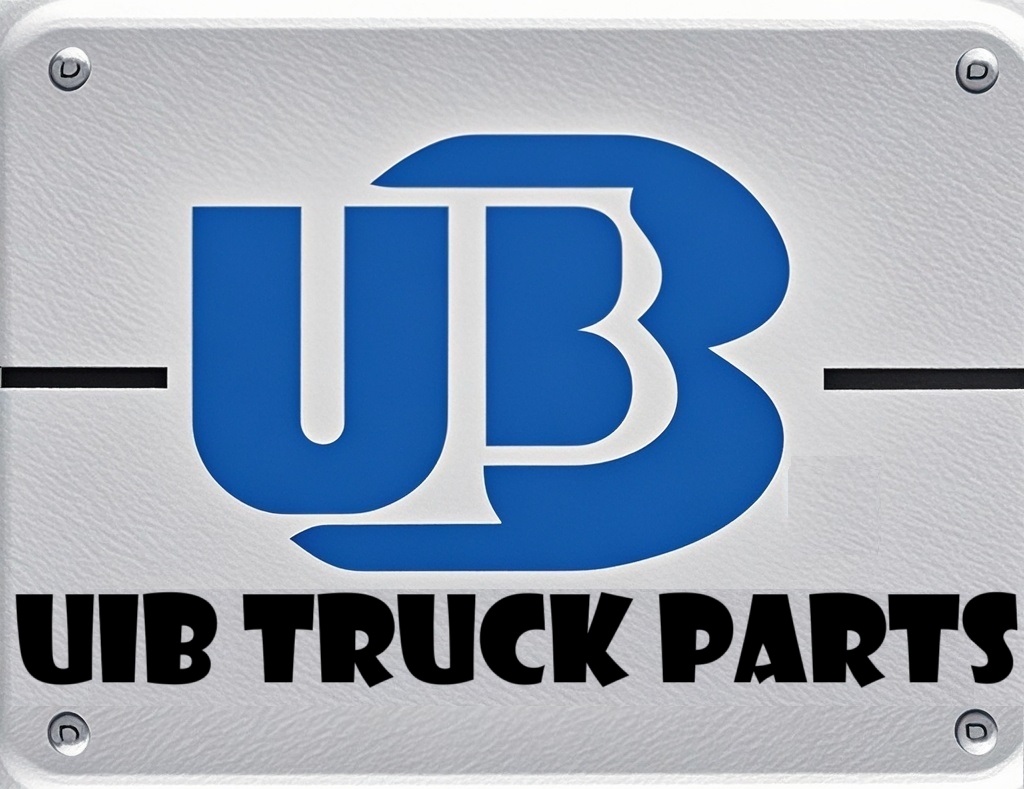About Us
Truck Hub Bearings: The Crucial "Hubs" for Truck Operation
Views : 150
Update time : 2025-06-24 17:02:00
In the intricate mechanical system of trucks, hub bearings, despite their small size, are core components that ensure vehicle safety and stable operation, directly impacting the overall performance of the truck.
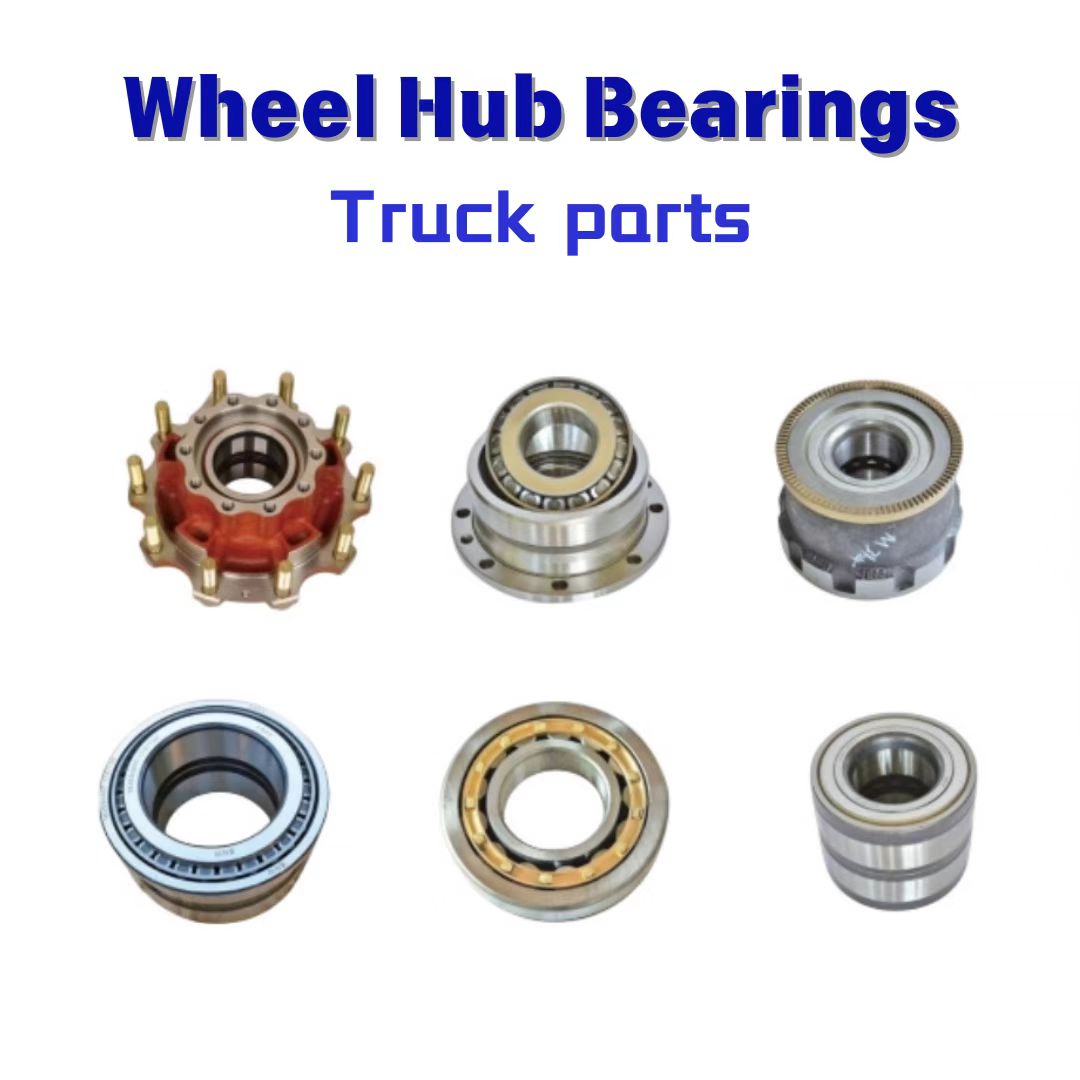
I. Precise Structure: Four Components in Synergy
Composed of inner ring, outer ring, rolling elements (balls/rollers), and cage:
- Inner Ring: Fixed to the axle, rotating with the wheel;
- Outer Ring: Embedded in the wheel hub, remaining stationary;
- Rolling Elements: Reduce resistance between the inner and outer rings through rolling friction;
- Cage: Separates the rolling elements to prevent jamming.
II. Dual Missions: Load-Bearing and Guidance
- Load-Bearing Support: Bears the weight of the entire vehicle and cargo (up to dozens of tons), preventing wheel deformation under heavy pressure;
- Precise Guidance: Handles straight driving, turning, and other conditions, bearing both radial and axial loads simultaneously to ensure smooth steering and avoid loss of control.
III. Main Types: Adapted to Different Scenarios
| Type | Features | Application Scenarios |
|---|---|---|
| Tapered Roller Bearings | High load capacity, can bear radial and axial loads simultaneously, long lifespan | Complex road conditions, heavy-duty transportation (e.g., tractors, dump trucks) |
| Hub Bearing Units | Integrates hub, bearing, seals, and sensors, easy to install, high precision | High-end models, specialized vehicles with high-performance requirements (e.g., cold chain trucks) |
IV. Fault Diagnosis: 3 Main Symptoms + 3 Detection Methods
(I) Common Faults
- Abnormal Noise: Buzzing or creaking sounds, intensifying with increasing speed;
- Excessive Vibration: Shaking of the steering wheel and seat, affecting vehicle control;
- Abnormal Temperature: Overheating of the wheel hub, likely due to excessive friction.
(II) Inspection Methods
- Visual Inspection: Check for lubricant leakage and damaged seals;
- Rotation Check: Manually rotate the wheel to identify any sticking or abnormal noises;
- Instrument Detection: Use vibration analyzers and infrared thermometers for precise diagnosis.
V. Maintenance Key Points: Lubrication, Inspection, Protection
- Regular Lubrication: Every 20,000 - 30,000 kilometers or half a year, select lubricating grease according to working conditions (high-viscosity grease for high-temperature and heavy-load situations);
- Adjustment of Preload and Clearance: Tighten nuts according to manufacturer standards, avoiding excessive preload (causing fast wear) or insufficient preload (leading to wheel wobbling);
- Cleaning and Protection: Clean immediately after driving through muddy sections, replace aged seals to prevent impurities from entering and causing jams.
#Truck Hub Bearings #Hub Bearing Structure #Hub Bearing Working Principle #Hub Bearing Faults #Hub Bearing Maintenance
Related News
 Revealing Three Little-Known Facts About Trucks
Revealing Three Little-Known Facts About Trucks
Aug 06,2025
This article presents three little-known facts about trucks, including that the cab can be flipped for engine maintenance, the rearview mirrors are equipped with defrosting and deicing functions, and the small tank next to the fuel tank is an urea tank which is crucial for environmental protection. It helps readers understand the secrets behind truck designs and functions.
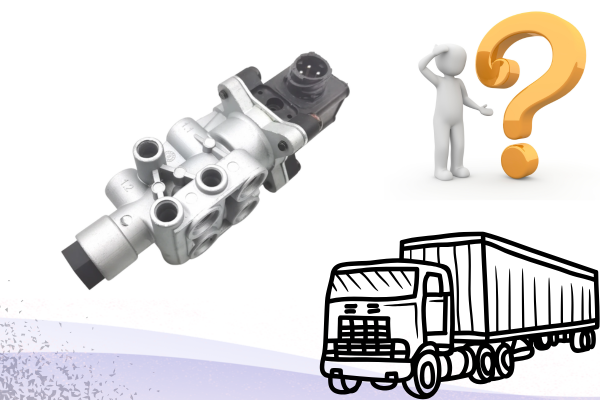 Control Valve: The "Key Steward" in Truck Engines
Control Valve: The "Key Steward" in Truck Engines
Aug 05,2025
This article introduces the role of the control valve in the diesel pump, including controlling fuel quantity and stabilizing pressure; lists symptoms when it malfunctions, such as weakened power and increased fuel consumption; provides maintenance methods, and illustrates through cases that paying attention to the control valve can avoid unnecessary expenses.
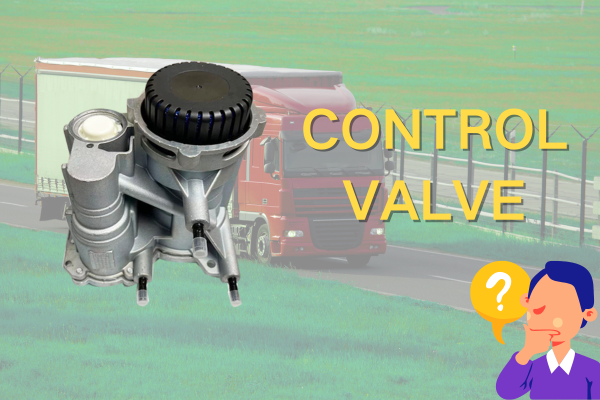 Control Valve: The "Invisible Commander" of Truck Power
Control Valve: The "Invisible Commander" of Truck Power
Aug 05,2025
The control valve is an indispensable core regulating component in the truck power system. Although it hides inside the machinery and keeps a low profile, it relies on its powerful functions to precisely command the rhythm of power output, comprehensively ensure driving safety, and intelligently adapt to various working conditions. With sophisticated design techniques and durable material selection, it can achieve a perfect balance between power and efficiency in various complex scenarios, and can be called the invisible cornerstone supporting the efficient and stable operation of trucks.
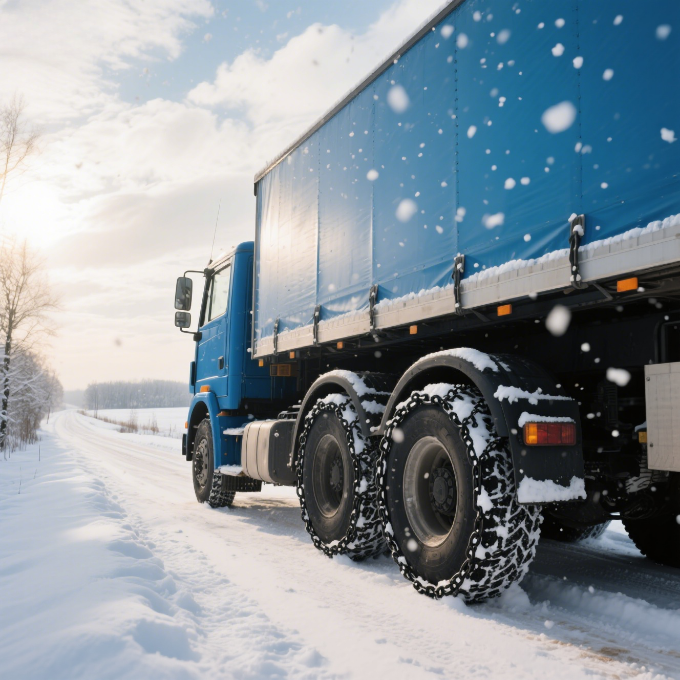 Truck Snow Chains: Safety Guarantee on Icy and Snowy Roads
Truck Snow Chains: Safety Guarantee on Icy and Snowy Roads
Jul 28,2025
This article elaborates on truck snow chains, including their important role on icy and snowy roads, applicable scenarios, selection methods, installation steps, and usage precautions. It aims to provide references for truck drivers to drive safely in icy and snowy weather and reduce accidents caused by slippery roads.
